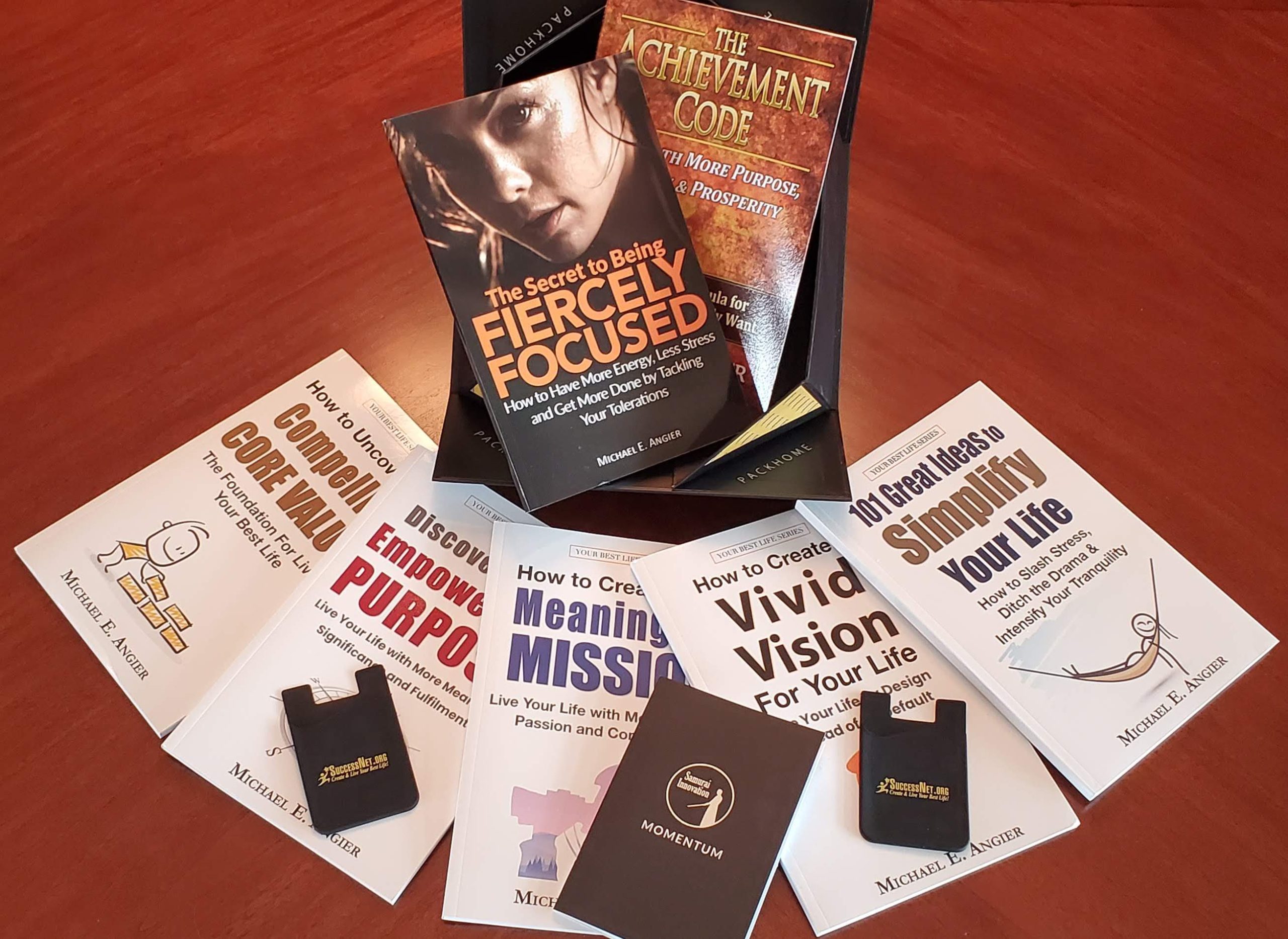Have you ever tried to listen to someone but found yourself becoming impatient because they were rambling? Ever checked out of a meeting because the speaker was droning on with too much intro, explanation or background?
Of course you have. We all have.
Unfortunately, most people who use ten words when two will do are blind to the fact they’re losing their listeners. They have no idea how much they detract from the power of their presentation by being verbose. They lose their audience.
They lose their ability to influence. Sometimes they even lose their friends.
On the other hand, people who make their point quickly and effectively are easy to listen to. They use fewer words and have more power. By holding your attention and getting to the point, they’re more effective communicators.
People listen much faster than you speak. Unless you’re really holding someone’s attention, the tendency is for their thoughts to wander to other things. Here’s three things to keep in mind to help you become more succinct:
- The Bottom Line
These days, we expect information to be delivered quickly. Younger people, especially, have short attention spans. We may not like this, but that’s the way it is.
It’s up to us to deliver our messages in a succinct, interesting and compelling fashion. We have to GET attention, HOLD attention and make our request or our point QUICKLY. We have to get to the bottom line.
- Stop the Pre-Ramble
The U.S. Constitution begins with the Preamble. It’s a one-sentence, masterfully written, powerful introduction to one of the world’s most important documents.
But far too many people practice what I call “pre-ramble”. They provide too much detail. And they take way too long introducing what they want to say. In the process, they lose the listener—or don’t even grab them in the first place.
Better to just say what you have to say than spend too long setting up what you have to say. Be brief. Instead of saying, “I’d like to tell you a story,” just tell it.
- Less is More
Many people think the more said, the better. Not true. A good writer knows short sentences are more powerful than long ones. Short paragraphs carry more weight. If a word, a sentence or a paragraph doesn’t do any work, it shouldn’t be there.
What we need to do is edit what we say as well as edit what we write. Aleksandr Solzhenitzyn said, “Everything you add to the truth subtracts from the truth.” Let us speak less and SAY more.
Don’t get me wrong. I’m not advocating being so curt that we’re rude or lose our style. We need sufficient detail to do the job—just not TOO much. Be considerate enough of your audience to convey your message in a way that it can be heard.
Remember, brief is better.
Action Point
Ask some of your friends for their honest feedback. Ask them if you talk too much, too long or take too much time to get to the point.
Really listen to what they have to say. If they say you practice any of the above traits, get to work on becoming more succinct. Speak less and say more.


